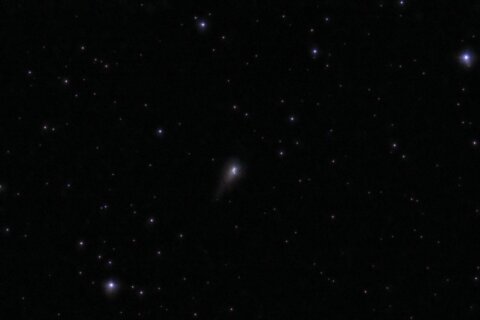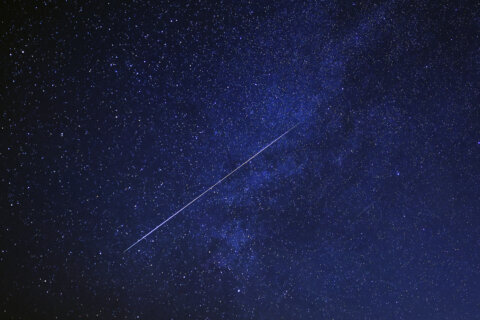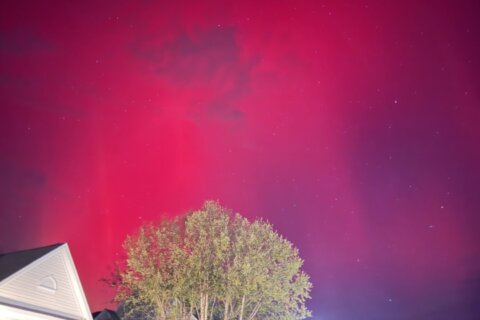WASHINGTON — OK, Santa. You have a lover of skywatching and space on your list. What’cha gonna to do?
Here’s just the thing to help you out: time-proven presents for that admirer of all things out of this world.
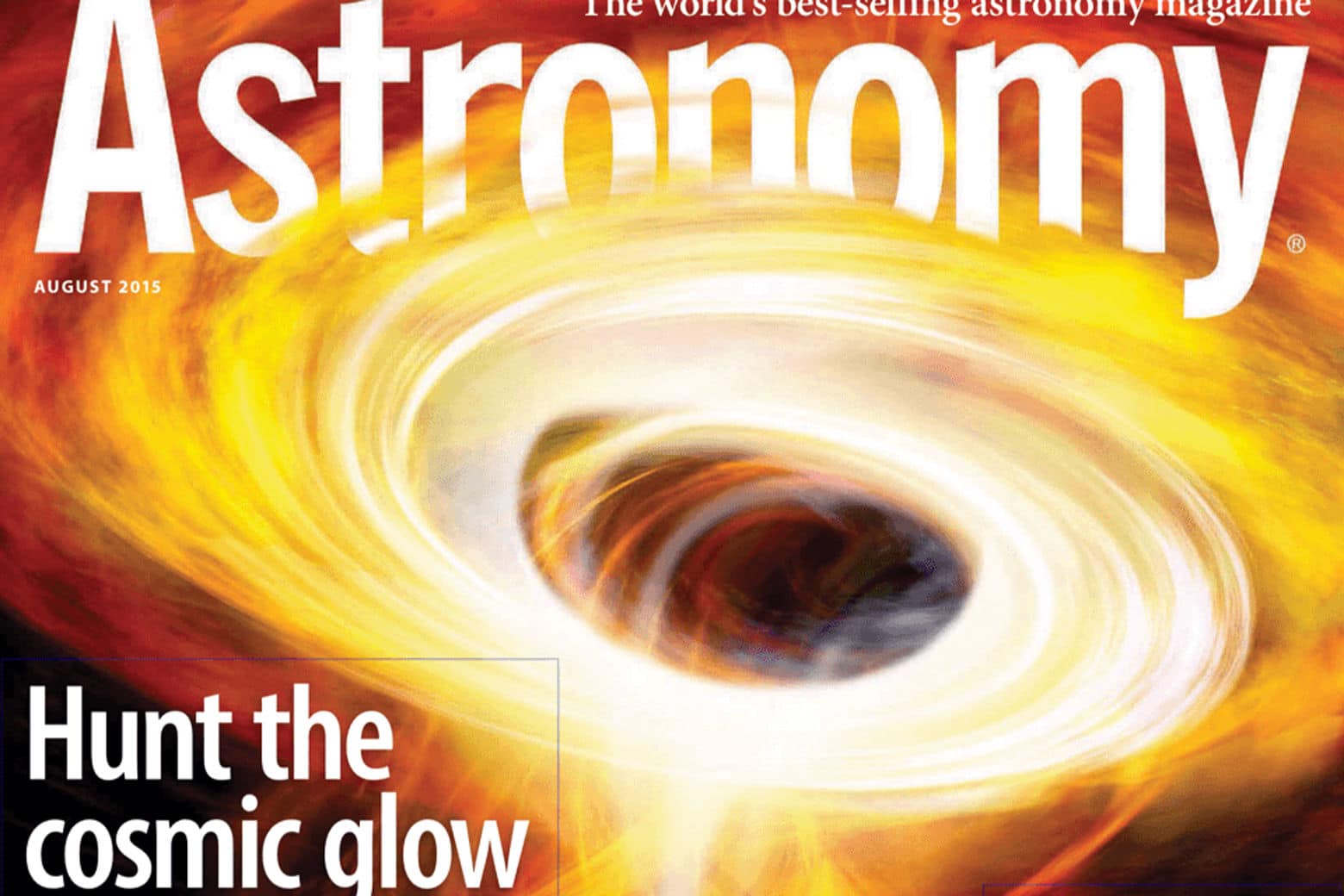
For someone new to astronomy (or a seasoned stargazer that doesn’t have a subscription), I recommend getting them a subscriptions to either (or both) Astronomy or Sky and Telescope (S&T). When the magazine arrives each month, it will be that special stargazer of you. And both publications provide digital versions as part of the magazine subscription. These monthly magazines and their respective excellent websites are full of observing advice, astronomical equipment, pictures, book reviews, astronomy related ads, related news and monthly observing guides/star charts. Full disclosure: I am an S&T subscriber; I have also done major feature articles for them and been a S&T staff member. (Courtesy Astronomy)
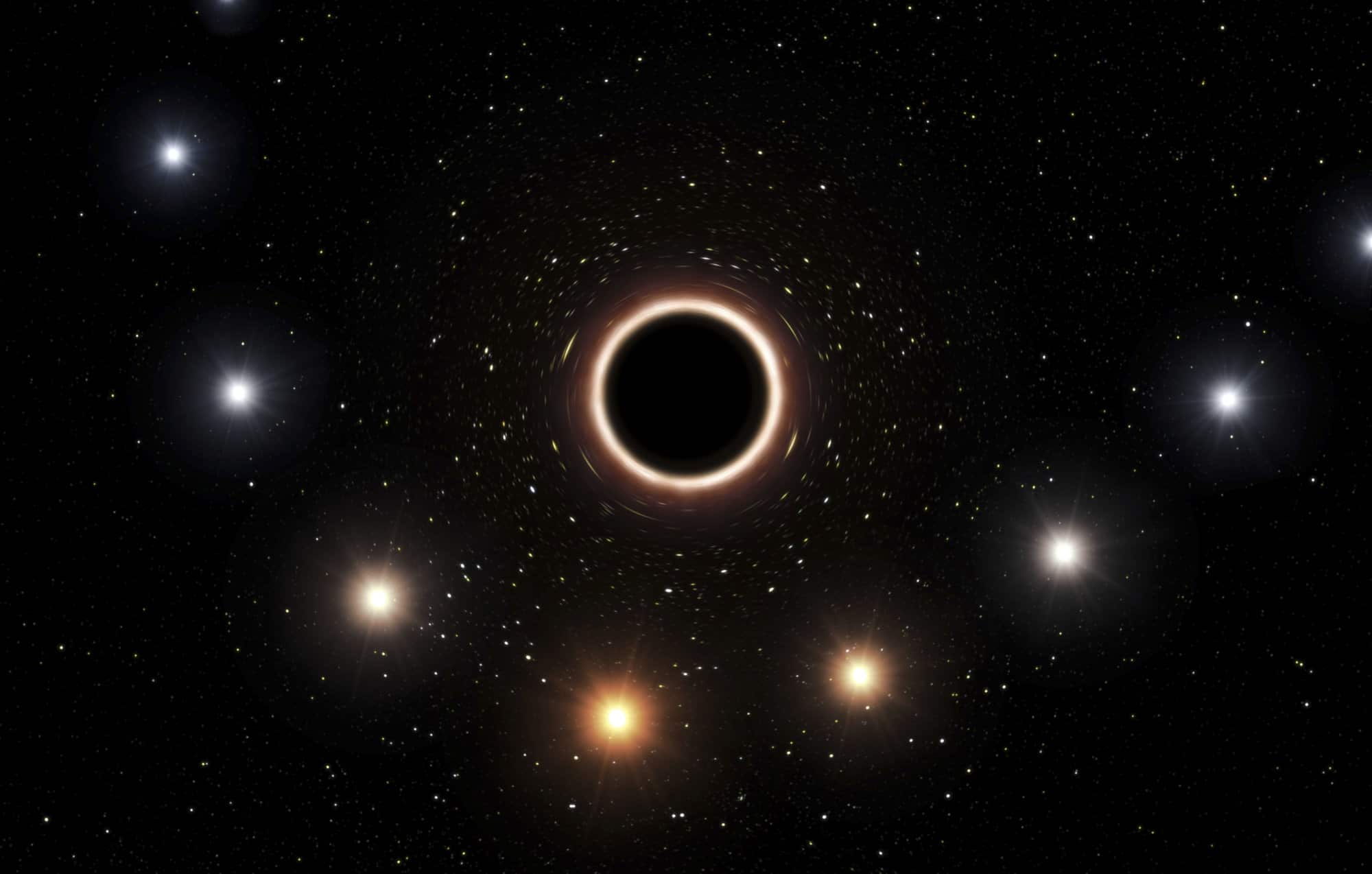
This nifty gift idea provides astronomical information on a daily basis accompanied by a beautiful and informative astronomical image. These can be used at work or at home. You can find these at the online stores for Astronomy and Sky and Telescope. A tip from Santa: if you have a seasoned stargazer, consider getting the 2019 Observer’s Handbook (also available at Astronomy and S&T. Santa gets me one every year and I use it daily. (AP/M. Kornmesser)
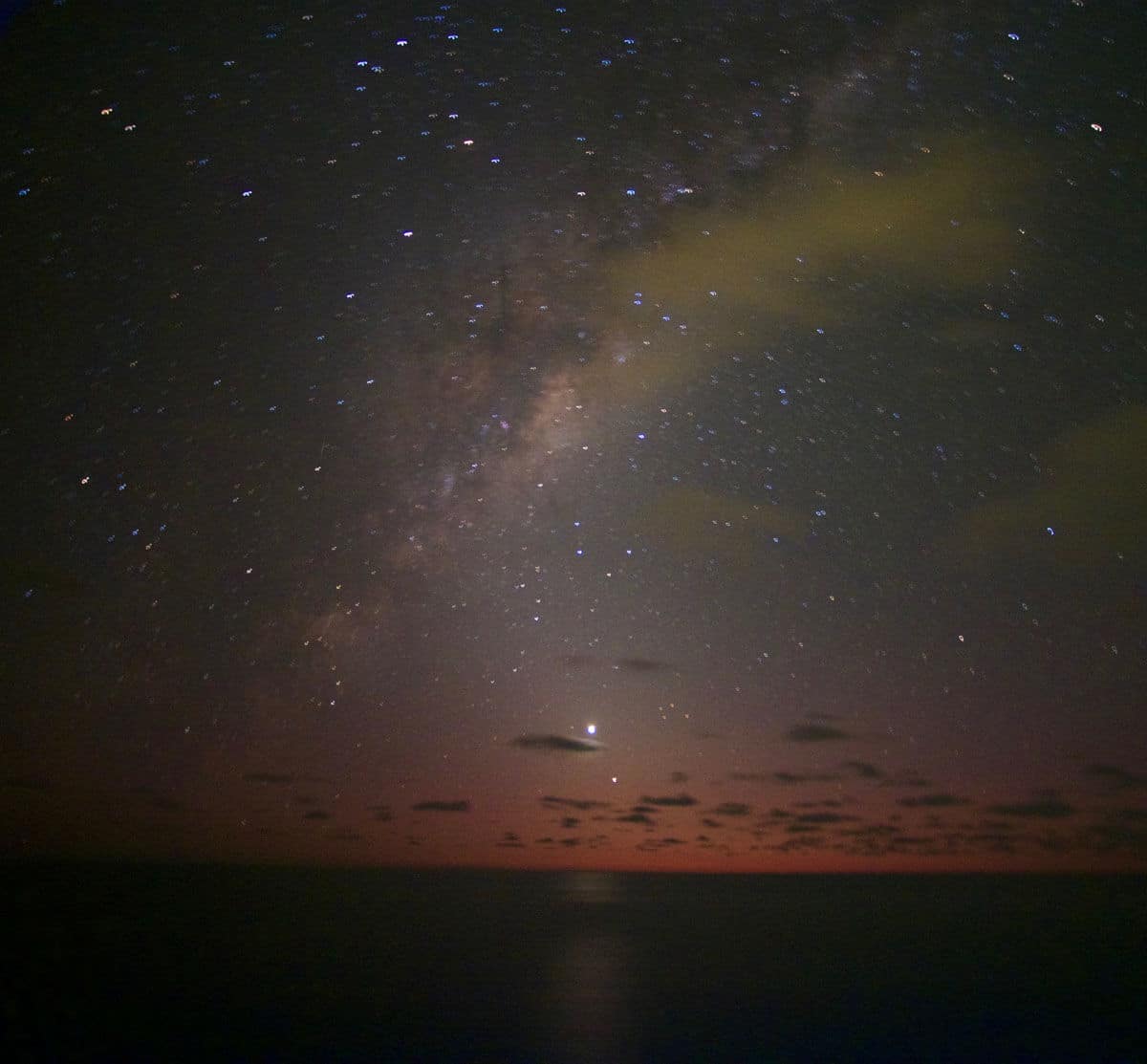
There is a whole universe of astronomy- and space-related books out there. I recommend giving a gift card that they can use to buy a book of their choice. You may want to browse Amazon or Barnes & Noble in advance to make sure the gift card has a sufficient value to cover these usually expensive books. This has been a tried and true present to me from family for decades. If you have a stargazer who also likes the ocean blue, I wrote a new book out that combines astronomy, astrophotography and cruising — “Cruise Ship Astronomy and Astrophotography.” (Courtesy Greg Redfern)

For a truly out-of-this-world gift you can buy an actual space rock or, more realistically, a piece of one, from the asteroid belt, the moon and even Mars. Truth be told, your avid stargazer is probably frustrated at times with our cloudy weather. Nothing cures this frustration better than holding a piece of the solar system. You need to know your dealer when buying these 4.5 billion-year-old rocks. New England Meteoritical Services has what I consider to be the best and most reasonably priced presentation sets for purchase. There are dealers you can trust online that are members of the International Meteorite Collectors Association (IMCA). Them, just like NASA’s OSIRIS-Rex mission at the asteroid Bennu, your stargazer can gaze upon a space rock! (AP/Susan Walsh)

A great stocking-stuffer is a space-themed movie. The “Star Trek” movies (new and old), “Gravity,” “Europa Report,” “Cosmos the Series” (original and new versions), “The Martian,” “Interstellar,” any of the National Geographic, Science Channel, Discovery Channel, History Channel space themed segments are excellent. (AP/Casteneda)
A good pair of binoculars is a big step up from the naked eye. It shows impressive detail on the moon, a few galaxies, star clusters and nebulae, and can be used in daylight for bird watching or other activities. A steady hand will reveal, the four main moons of Jupiter. I recommend “7×50” binoculars — the 7 is the magnification and 50 is the size of each objective lens in millimeters. Less magnification means less detail, but a wider field of view. More magnification reduces field of view but gives more detail. I would not go higher than 8 in magnification or lower than 50 in objective size for a beginner. There are large astro-binoculars out there, but they are for advanced users. Binoculars can be found at sporting goods stores and all major chains like Costco, Walmart and Amazon. A good online store I have used for many years with excellent assortments, and great customer service is Orion Telescopes.
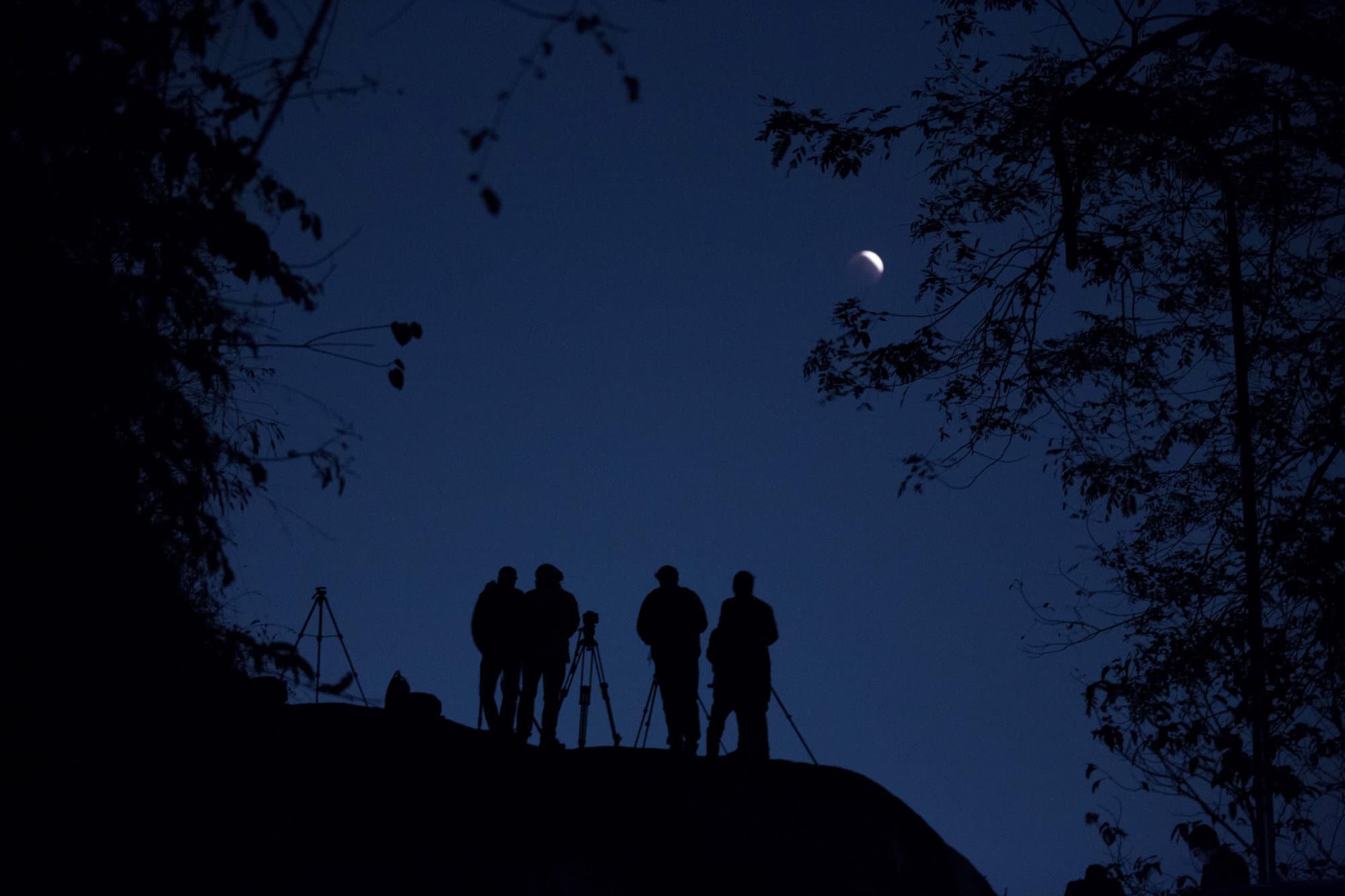
This is the penultimate, and most risky, gift idea on my list. Nothing replaces that first telescope and experiencing “first light” — the first view of the sky through it. It is risky because telescopes are an investment in terms of money and longevity. There’s nothing worse than buying a ‘scope’ that never gets used because it is too complicated, too heavy or of poor quality. But the right purchase could last a person’s entire lifetime, or at least a good portion of it. Many nights of enjoyment and discovery at the eyepiece of a good telescope are pure joy to your stargazer. There are many telescopes out there, but picking the right one can be tricky. So, if your astronomer has spent time studying telescopes found one they want, go for it. BUT, make sure there is a return policy that allows you to get your money back if things don’t work out. (AP/Anupam Nath)
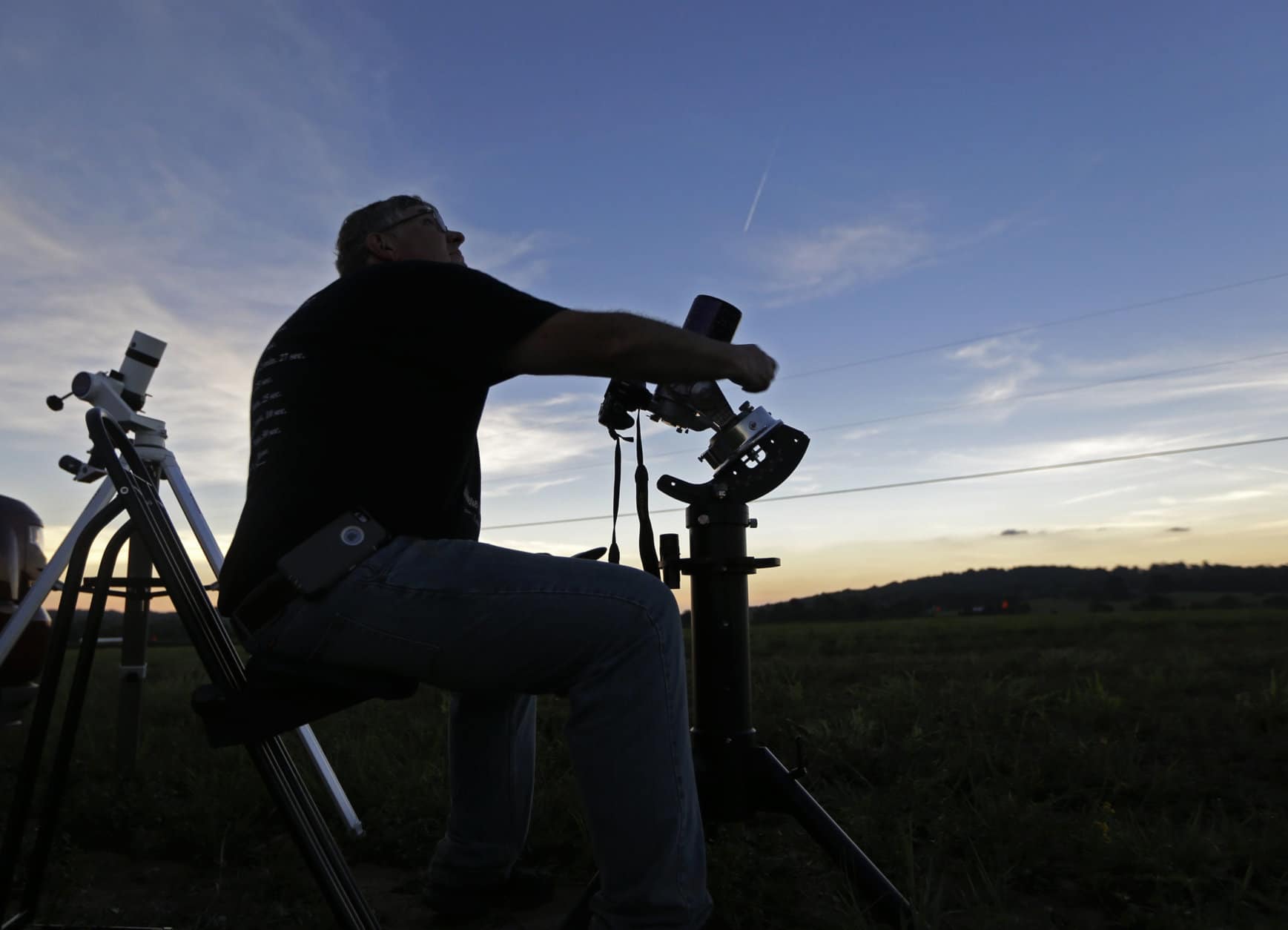
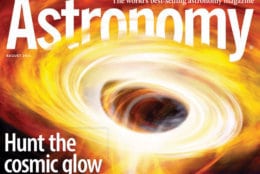

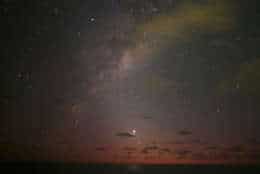




I hope this has helped you on your out of this world holiday shopping. Drop me a tweet or email if you have any questions.
Happy Holidays and clear skies.
Follow Greg on Twitter @skyguyinva and his daily blog to keep up with the latest news in astronomy and space exploration. Email him at skyguyinva@gmail.com.

